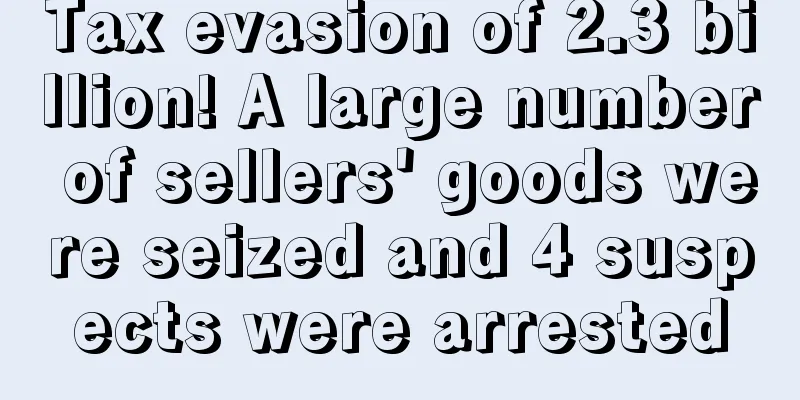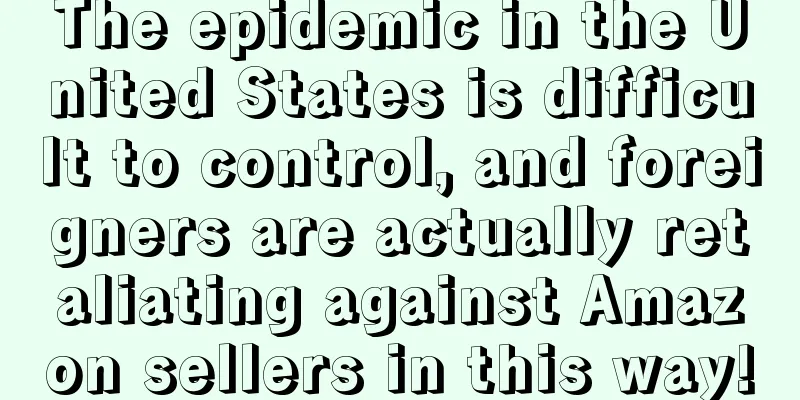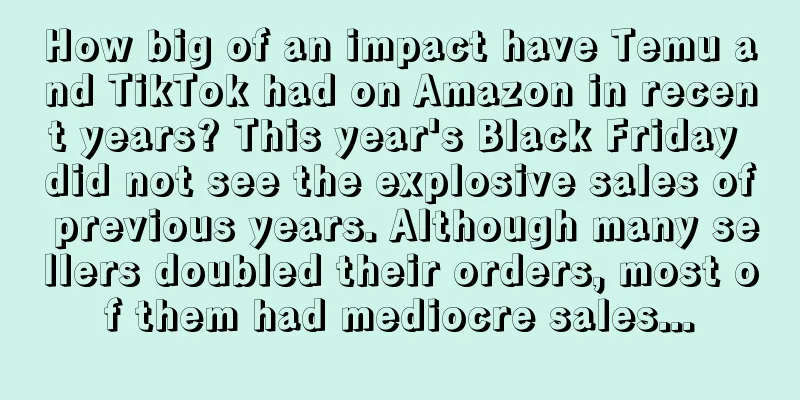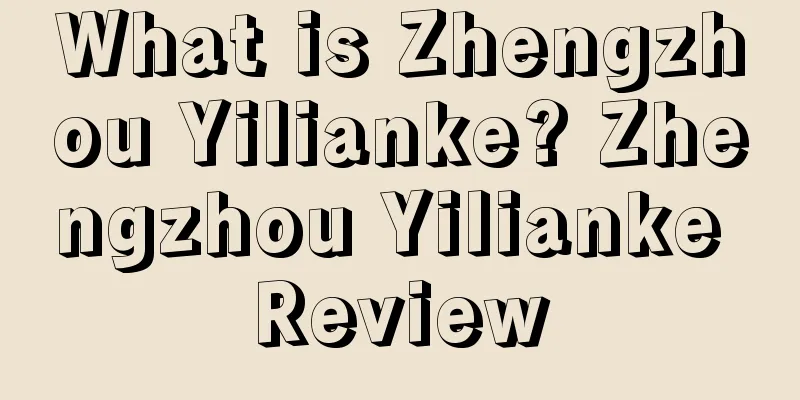|
In recent years, cross-border logistics chaos has become common, such as soliciting goods at low prices, real and fake regular ships, and running away with overdue customs clearance fees. Sellers who are not careful often lose both money and goods.
Recently, there has been another shock in the cross-border logistics circle. A large number of Chinese goods have been seized on suspicion of tax evasion. Four suspects involved in the case have been arrested. The amount involved was 2.3 billion, and a large number of goods were seized for tax evasion On March 28, the European Public Prosecutor's Office (EPPO) launched an investigation into the VAT fraud of Chinese exporters. It is reported that it conducted 10 searches at several locations including Liege Airport in Belgium and arrested four suspects. The targets of this round of operations are mainly Chinese logistics companies that mainly engage in international freight, and the amount of tax evasion suspected is as high as 310 million euros, about 2.3 billion yuan.
Chinese exporters are suspected of using three Belgian private customs offices, as well as agencies and fake companies in some EU member states, to evade VAT on imported goods, according to reports.
A Belgian company said that goods such as electronic devices, toys and countless accessories entering through Liege Airport with their destinations in other member states can enjoy VAT import exemption based on the EU's "Customs Procedure 42" (CP42) .
The above clauses were originally intended to simplify trade procedures, but some cross-border companies used them to evade taxation, which is the so-called CP42 fraud. It is understood that the exporters involved hired private customs agencies and fake VAT companies in Belgium, and used shell companies in France, Germany, Hungary, Italy and other places to forge false invoices and transportation documents, thereby creating the illusion that the final destination of the goods was in other EU member states.
These goods are ultimately supplied to physical companies established in other member states and sold to overseas consumers at full price. The value-added tax paid by consumers when purchasing the products is not reported or paid to any tax authority in accordance with the law. In the end, they can not only make huge profits but also successfully avoid high taxes, which can be said to kill two birds with one stone.
According to prosecutors' estimates, the persons involved in the case caused at least 303 million euros in tax evasion losses and 6.6 million euros in customs duties losses between 2019 and 2022. The crimes included forgery of customs documents, VAT fraud, and participation in illegal money laundering.
Due to the huge amount of money involved in the case, a large number of goods shipped from China to European countries related to the case may be seized. In addition, many logistics companies and cross-border merchants who consign goods will also be implicated.
In fact, at the end of last year, EPPO announced that it had uncovered an international tax fraud worth approximately 2.2 billion euros, involving more than 600 people, which was the largest VAT fraud case in the history of the European Union. A major earthquake in cross-border logistics, will the double-clearance and tax package system face its "doomsday"? As early as last week, a seller reported on the forum: "The air shipment I sent to Italy included tax, but it was inspected. After waiting for a few weeks, the freight forwarder said the inspection was over, but the customs would not give me a release note." In view of this sudden incident, many sellers speculated that it was because the freight forwarder evaded taxes and did not go through the normal declaration process, which led to customs liquidation.
In this regard, freight forwarders also lamented that the industry may be facing a major earthquake.
In fact, for sellers in the European market, high taxes and fees have always been a difficult problem that makes them feel uncomfortable. Based on the sellers' demand to reduce transportation costs, the European Double Clearance and Tax Package came into being, which is a one-stop service covering customs clearance in the exporting country and import customs clearance in the destination country, as well as the tariffs that need to be paid when clearing customs at the destination.
In order to provide double-clearance and tax-inclusive services, many freight forwarding companies often choose to register shell companies and use self-registered VAT to help sellers declare illegally for a long time. Once the goods are seized by customs, they can only be handled by the importer corresponding to the VAT account, and it is ultimately extremely difficult to release them.
▲ The picture comes from the logistics exchange group The outbreak of this VAT fraud case will undoubtedly further push the EU to strengthen customs clearance, and the inspection rate for illegal under-declaration will become more stringent. In response to this, many freight forwarders have said that the double-clearance package tax may come to an end:
"When shipping to countries in the EU, the freight forwarder we work with has very strict declaration requirements, requiring 30% of sales. The tax is almost catching up with the logistics costs. I guess it will be difficult to handle double clearance and tax in the future." "Tax evasion is so rampant that they all have to file tax returns. I guess in the future we will have to file our own returns." "VAT is too confusing to operate, but double tax clearance is simple and direct. However, it is becoming more and more strict, so we can only gradually move towards standardization."
Some freight forwarders also said that the world of self-taxed goods is coming. "Although self-taxed customs clearance may be inspected by the customs, it is just a normal spot check of customs declaration at each customs checkpoint. As long as the declaration is truthful, it will eventually be inspected and released. Compared with the risk of goods being seized, the risk of customs clearance inspection is much lower."
▲ The picture comes from the logistics exchange group
In general, the behavior of violating customs clearance regulations by taking advantage of policy loopholes is not a long-term solution. With the occurrence of this thunderbolt incident, the risk of double customs clearance and tax package in Europe will be further increased. Therefore, cross-border merchants still need to abide by relevant laws and regulations, declare in compliance, and do not regret it because of greed for small gains.
|










